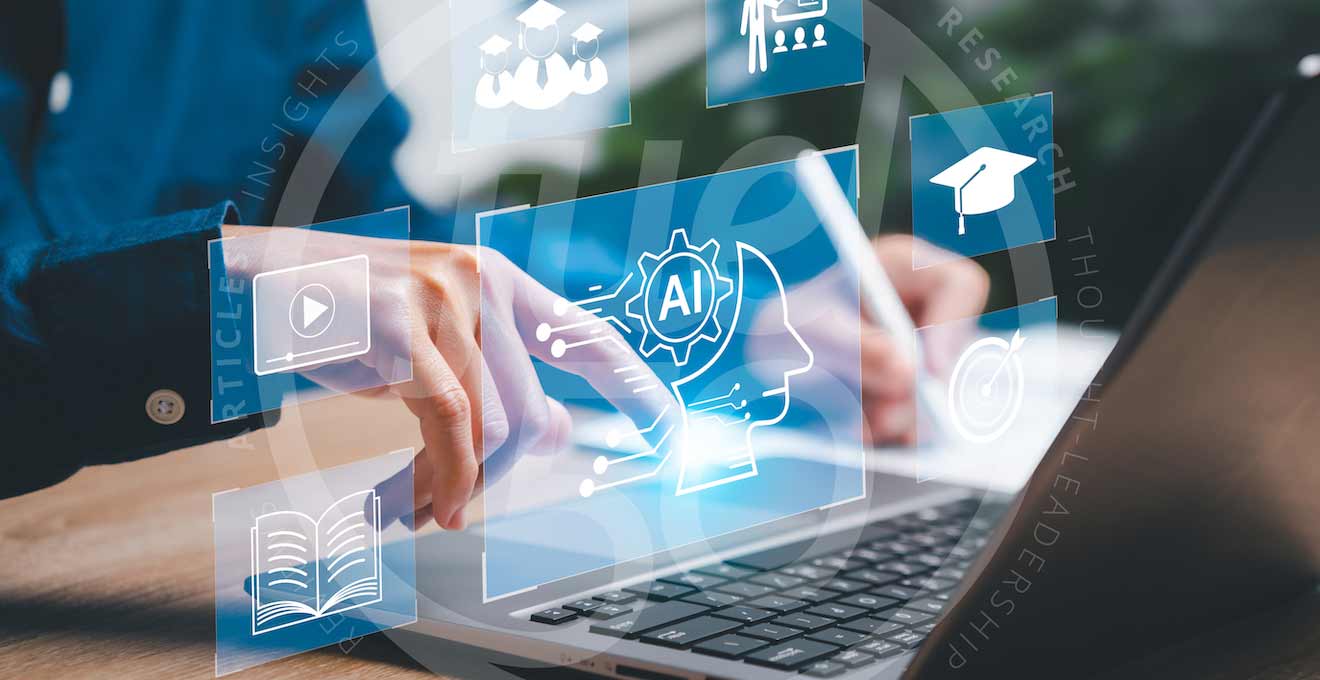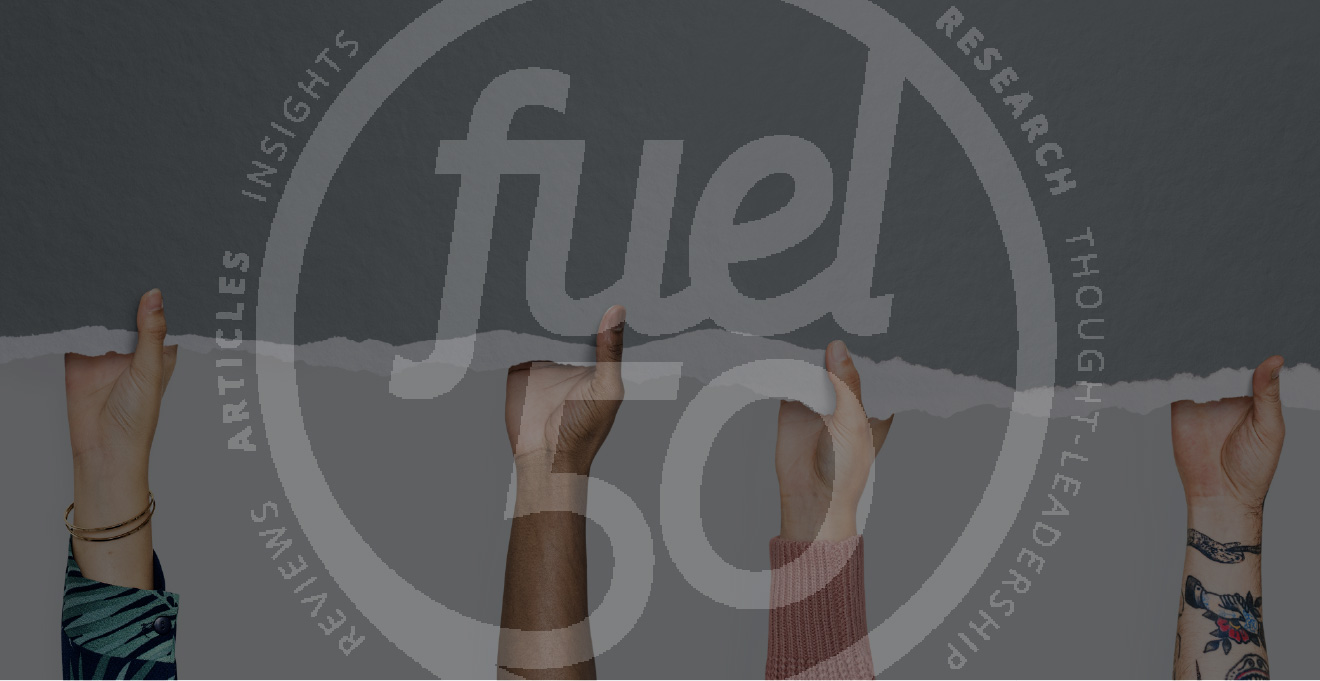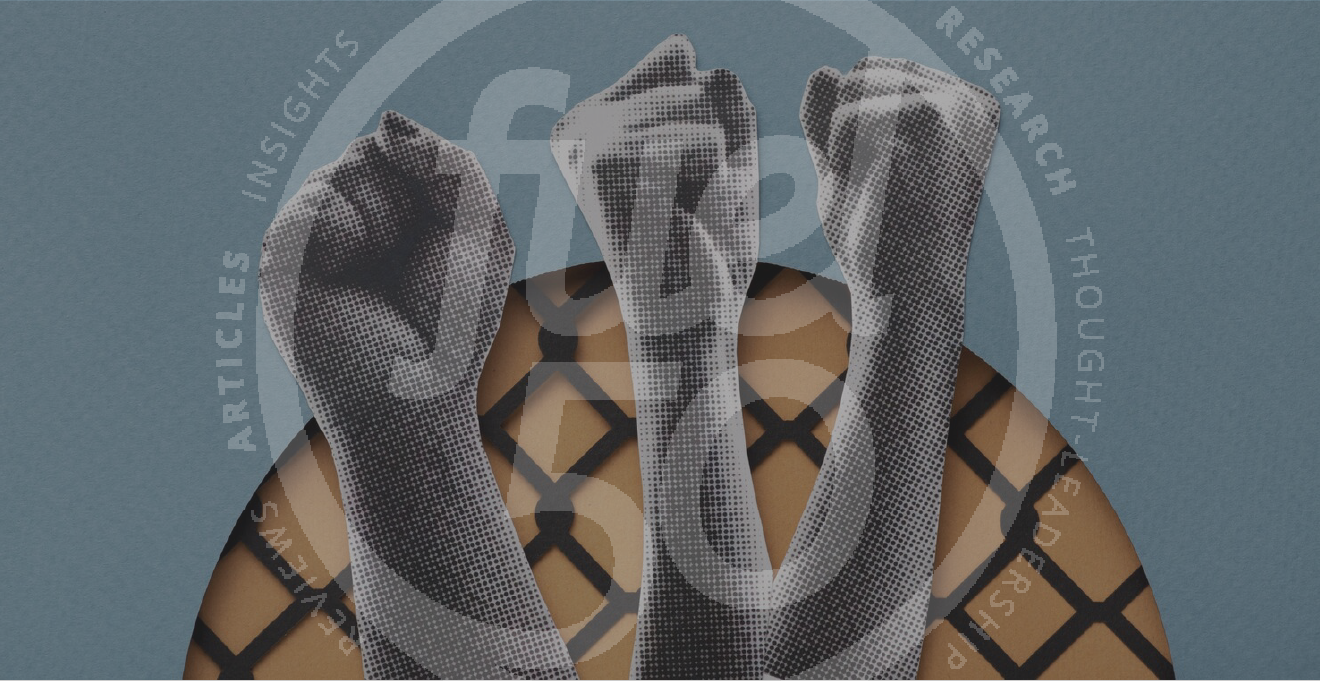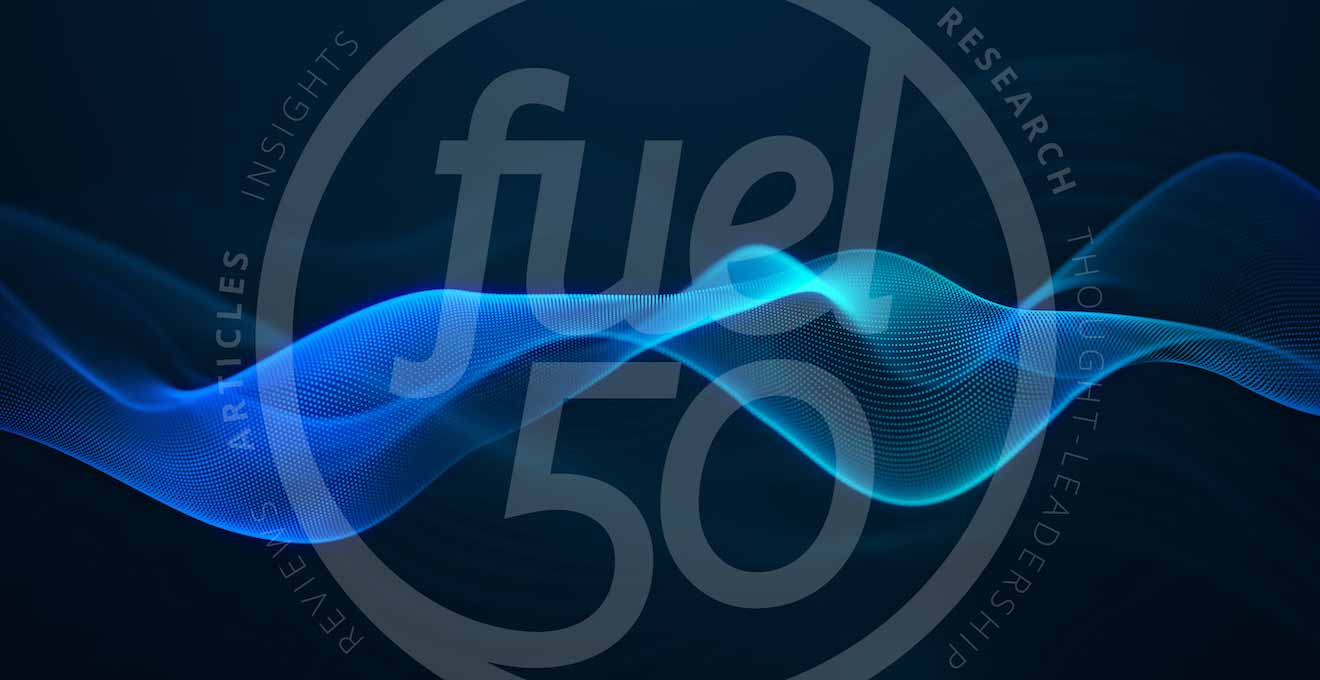Matt Thomas is an innovative Human Resources and executive leader based in Western Australia. In this episode, he reflects on navigating the challenges throughout the past 15+ months including the biggest key learnings from an HR perspective. Matt highlights the importance of workforce resilience and agility in times of change and how mindset shifts are needed to adapt moving forward.
He shares with us his passion for the employee experience and why it should be a strategic focus for organizations. He breaks down the changing workforce dynamics when shifting to flexible work practices and choosing a model that is supportive from an employee and business perspective. Transformational change and building a high performing culture in this new world of work are also topics of discussion.
Here’s how the conversation went… This interview has been edited and condensed.
John Hollon: I hate to always inject the global pandemic and lockdown into a discussion, but it’s the defining event of the century so far, and perhaps in our lifetimes. What do you think are the most important things HR has learned over the past 15 months? What is important for us moving ahead, both for HR and for the organizations we work with?
Matt Thomas: It’s still such a relevant topic for most organizations. In Australia, we were very fortunate that we weren’t too impacted. Recently though we were put on a three day lockdown ourselves because of a quarantine breach, so it shows you just how relevant and long lasting it’s still going to be a factor within organizations. For us as an organization, the last 15 months was pretty telling on many fronts. We had as a business ourselves been going through quite a bit of change through privatization. As we know, most organizations are going through some sort of disruption and I think COVID just added another level of complexity for us.
The key learnings for me from an HR perspective was very much around the resilience of the workforce. The ability to be agile and nimble and be able to take on the challenges that were presented at the time in a fairly confronting space for a lot of people was quite eye opening from our perspective, because we had already been through quite a lot of change. One of the things that was really quite poignant for me was around the type of mindsets that were needed to actually navigate through that time. We talk a lot about skills which started to evolve over that period of time but I think what was more telling was the mindsets that actually need to change to actually adapt to a fairly new environment where maybe what got you to where you got to now wasn’t going to get you where you need to moving forward.
From an HR perspective I think the ability for us to make sure we were engaging with the key stakeholders and leaders in the business was really important to actually support them, because the reality is that we know when you go through change like this people are impacted in very different ways. A one size fits all approach didn’t necessarily work and I think it was also about knowing the fact that you didn’t have all the answers. We were very reliant on people’s feedback and were authentic about actually saying we don’t have all the answers, we need you to help guide us through this process. That was one of the key things that we learned very quickly, which helped support our strategy moving forward.
The power of communication was pretty important, we took the approach that communication was very critical. I’d rather go hard and be told we gave too much than necessarily not enough in that particular time, because of all the challenges. Whenever there is adversity, there’s always great learnings and lessons for organizations. You shouldn’t have to go through that process in the first place to have those learnings but the fact is, we did, and it was out of our control and it was very important for us to learn from that as well.
I think moving forward, what we’ve probably learned from a HR and organization perspective is that flexible work practices and employee well-being are no longer a nice to have for an organization, they are critical in a sense of how they enable businesses to be able to navigate these times where it requires a different focus in a different direction. We were one of those organizations that wanted to really push into flexible work process/practices before, but there wasn’t engagement at the top and it stymied the ability to be able to do it. Obviously, like many organizations we had no choice and we saw the benefits, which I always deep down, knew would be the case. But the reality is, is that it took that actual moment for us to achieve that.
John Hollon: The mindset about remote work so dramatically changed here in the States especially and my sense is in most of the English speaking world it changed. Companies had been pushing back against it and the change they’d made in letting people do it was incremental and then suddenly when they needed to have their workforce working remotely in part or the whole group of them, companies and organizations dramatically changed and their mindset changed too.
Matt Thomas: It’s interesting how that evolved from that initial start of having to change your workforce dynamic, going from everyone in the office to no one. We had certain roles where they had to stay in the office, which was a very challenging time. They felt like they were being disadvantaged and not being treated the same way, because it was such a focus on those that were not working in the office. You had to balance and understand the impact of that.
Where we got to towards the end of it was we said that as long as people were in the office at least two days a week. We weren’t concerned about if they wanted to spend four days in office a week that was fine, as long as there’s a minimum of two days. It became really interesting to see how organizations navigated that, because there’s a lot of organizations that said you can work from home the whole time, and we lost people to different organizations for that. But that wouldn’t be a model that necessary at that stage in our business would be supportive of what we needed from a business perspective. It’s not something you can set in stone in concrete, it has to be something that evolves through the time.
John Hollon: On your LinkedIn profile you talk about things like transformational change and building a high performance culture. Are those things even more important today as we try to navigate this new world of work?
Matt Thomas: Absolutely. If you think about business success and business performance, there’s a direct correlation to an organizational culture and obviously the people that drive it. Without people typically businesses don’t perform when you think about the disruptive nature of the world that we’ve been in and the impact it has had on a lot of organizations in regards to the survival mode that they’ve had to sit in, while they’ve waited to navigate through whatever challenges they’ve had that COVID had presented. Most organizations that are still around are now having to shift very quickly from that survival mode into almost the growth mindset, or growth mode and a high performing culture is obviously an enabler of that.
You need people that effectively are very clear about what the business objectives are, the strategic direction, and how they can actually contribute and work towards that. At the same time it’s about making sure they’ve got all the peripheral stuff like tools to do their job, the opportunity to feel like they work in a culture where there is innovation and it is okay to take risks, and recognized for effort. To me, that’s some of the key requirements of a high performing culture. The high performing culture may look very different in today’s world, though with different areas of focus. If you think about what COVID’s brought on with enabling a workforce remotely so high performance culture might have a different correlation.
Either way, if an organizations having to go from a survival to a growth mindset, it absolutely requires transformation and that’s where that transformation piece definitely comes in. I think in today’s world, what got you to where you are now is not necessarily going to get you to where you need moving forward. That’s why it’s really important that that transformational piece works as well, in line with a high performing culture. I use the synergy of for instance, these days when you start looking at new tech, what’s new today probably in a month’s time is going to be obsolete. How do you keep that continuous loop of assessing things that are going to add value? Whether it’s about efficiencies, experiences, or whether it’s to do with your customers, I think businesses will only succeed when they continually find ways of adapting because there’s new technology, new ways of working and new mindsets.
John Hollon: Do you think it’s hard for HR to step to the forefront and take that role to help drive the change? I’ve dealt with a lot of HR people who are very rule based and all about compliance. All of these things we’re talking about here have to get made up on the fly, which I don’t think, at least from the HR people I know is particularly their strong suit. What’s your take on that?
Matt Thomas: There’s always a view that HR is the police and we tend to hide behind policies and rules. My view has always been that those rules and policies are there as a framework and boundary, but most of the time we created the policies so we can always change them to some degree. It’s about not hiding behind them but sometimes they are absolutely critical in protecting risk and organizational reputational brand etc.
HR plays a significant role but not in necessarily us driving it. Where I’ve seen success really cut through is when you enable others. HR is like the puppet master in a sense that we’re enabling others to drive the change. Because when leadership or employees drive the change that you’re looking for, nine times out of 10 it was more likely to be adopted and embraced within the organization, as opposed to HR telling you that this is what you should do, because it’s the right thing to do. That was probably one of the lessons or learnings as part of this whole change over last 15 months. I had a say at the executive table, and HR had a pretty good reputation around the value that we add. The whole experience of COVID and for us even privatization probably reinforced the value even more in the sense that we can bring in enabling rather than doing, which is the key thing.
John Hollon: Sometimes the value that HR brings is appreciated the most when you have a crisis like we all had. HR has to step up and I think a lot of times, the human resource function doesn’t get a lot of credit for all the things that they do, because they’re behind the scenes a lot. This was a time where they had to really step up and be in the public eye and seen to know what they are going to do to help keep the business working, together and moving ahead, even if all the people aren’t in the same place.
It seems like a lot of organizations have finally woken up to the fact that they need to do a lot more with and for their workers. Things like helping them to reskill or retrain so they can be more flexible and agile and useful to the business. It’s great that this is finally happening, but a bit sad that it took a huge global shake up to do it. What’s your perspective about the employee experience now?
Matt Thomas: Sometimes adversity provides learning opportunities and the reality is, it’s actually opened up a door or opened the eyes up to an area that I think is one of the most critical things in organizations moving forward. I’m pretty passionate about the employee experience, I was talking about employee experience back at the last FuelX conference in Sydney in 2019 when we’d taken a pretty big shift in focus from employee engagement. For me, employee experience drives engagement. We took a considerable shift around how we looked at it and the things that we did were more around experience not trying to focus on the engagement. Employee experience has definitely become more of a relevant and aware topic, or function that needs to be explored in organizations.
For us of our three strategic pillars, one of the strategic pillars was employee experience, that’s how critical it was for us in the organization. But it means many things to people and I think that was part of the journey that we learned. I always also put into the fact that candidate experience is just as important as employee experience. They’re actually intricately linked. Employee experience talks about the impact and all the sorts of things that sit underneath that from an employee experience but you’re also in a world of talent and trying to attract key talent. The candidate experience is also an opportunity where you drive the same experience before they even consider you as an employer. So when I think about employee experience, it’s very much everything from people having a voice around it within their team, it’s about being able to identify the skills which they may not even realize they have and how they want to develop that, it’s identifying career paths, it’s creating environments where they feel inclusive and can be their true self, and it’s all the other practical things around the work set up. Now you throw remote in it’s obviously a different concept here again that you have to consider.
I know definitely from our experience when we were getting high scores in employee experience, we could see the benefits, not just from an engagement perspective, but also from a performance and productivity perspective, which also directly correlated to our customer experience, as well. So I think it’s absolutely opened the eyes to a lot of organizations, but there’s the risk that people will see it as a tokenistic approach. It’s really important to understand that if you’re going in with a very tokenistic approach, you’ll be caught out pretty quickly, because employees want to see authenticity when they’re dealing with their employer in regards to the experience that they create for them in the workplace.
John Hollon: That’s something else I believe came front and center, that authenticity piece during the lockdown. Companies had to really be straight with their employees about what’s going to happen and how their job is going to be. How difficult is it for HR to manage remote employees?
Matt Thomas: There’s definitely been some learnings in it. Before COVID and before we did remote working, a lot of people thought remote working is awesome, I’d love to do that. But then when reality kicked in, and they actually had to do that on a day-to-day basis for a period of time, there was a very different view of it afterwards.
The biggest issue from working from home is around trust. And fortunately or unfortunately, sometimes your leaders will or will not drive that expectation. We weren’t an organization that wanted to be able to measure exactly the outputs that we were doing, so we had to find other ways of being able to make sure that they were still delivering and ensure leaders felt they still had access to all the things they did in a workplace. It is a difficult mindset shift and it can go to the extreme. What we almost found is when restrictions really died off some people wanted to work from home every day of the week. So there’s a fine line between it being trying to be as a benefit and supporting, to then becoming an entitlement. Navigating that expectation to some degree, was really important. Hence why we said two days in the office was more than reasonable.
I’m a fairly social person so I found it really challenging to do remote workshops, because I like to be in a room. It wasn’t that you couldn’t or weren’t able to do it, but it was just the fact that it had a different feel to it. We have to be very clear about what are the means that we are needed in the office for and on what days; so we rallied around that and the rest was more flexible. It’s really about creating environments that best support the team in what they have to deliver and their particular behavioral fit, because each team’s different and unique in different ways and how they have to work.
John Hollon: How do you hold together the culture of the organization if so many people are working at home all the time? Having people in the office a couple of days a week, I think would be good, because it helps keep your culture intact.
Matt Thomas: That social connection piece is important to human beings genuinely in most cases. What you lost in some cases with not the workforce being the office you had to find different ways of creating it remotely and there are ways of doing it. Did it keep the same sort of markers if you’re in the office, not necessarily but if the way the business was heading, that there was going to be this mix, you had to find a way that worked for you at the end of the day. We had to find different ways of being able to create ‘watercooler conversations’ or engagement feedback that wasn’t about face to face interaction.
John Hollon: Here at the Talent Experience Podcast, we wholeheartedly believe everyone should have a job that they love and they’re passionate about. So Matt, what do you love about what you do?
Matt Thomas: I must admit, I do love the opportunity to be in a leadership role. It is a privilege and I don’t see it as anything less. Being able to actually work with people where you can have a direct impact on their aspirations and their career is definitely been something that I’ve really cherished. I’m also very fortunate that I work in an industry that has given me so much and so many lessons about myself, tying in HR, people and also leading teams is definitely something that I’m very grateful for. It is also something that I really am passionate about because being able to see the potential in people and actually getting to see it realized I think is something that not many people get the opportunity to do in their careers.









